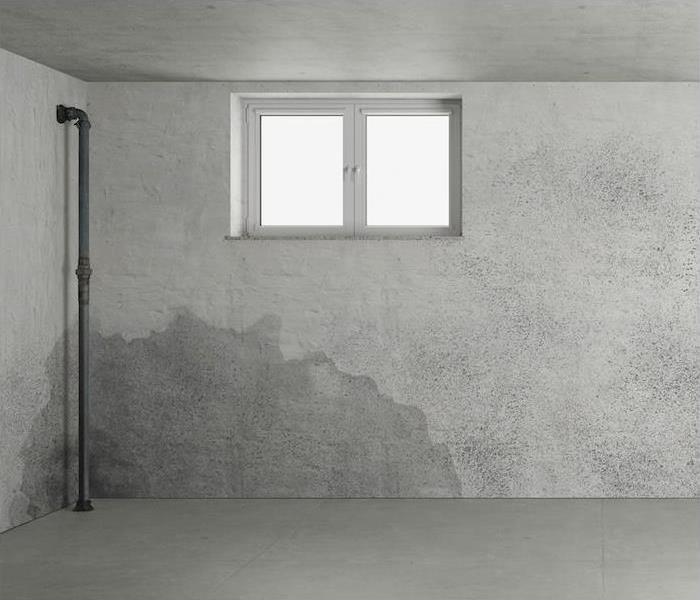How to Spot Water Damage in Your Basement | SERVPRO® of South Bronx
5/26/2021 (Permalink)
 SERVPRO of South Bronx is a full restoration company. Our team of experts are on call and ready to help you determine the best course of action.
SERVPRO of South Bronx is a full restoration company. Our team of experts are on call and ready to help you determine the best course of action.
A basement can be a great resource for any homeowner fortunate enough to have one. It can provide everything from extra storage space to extra living space, and it can be a safe space to shelter in storm situations, especially if the home doesn’t have an underground shelter.
However, because of the fact that basements are by their nature partially or mostly underground, homes are prone to water leakage from moist surrounding soil over time.
While this is not a certainty, if your home has a basement, you’re going to want to educate yourself about how water can come in and what kind of damage it can do. Let’s examine some of the indicators of water damage in your basement—and remember, we have technicians on standby ready to assist you should you realize there’s a problem.
How to Identify Basement Water Damage
Unpleasant, musky odors. Even if water leaking into your underground basement is clean when it comes in, over time and after evaporation and temperature changes, it becomes toxic and begins to give off the pungent odor many people associate with basements. There’s a common misconception that all basements smell this way, but this really should not be the case. The smell arises when mold and mildew are present in the environment, and while they may go unnoticed by your eyes at first, your nose will let you know something’s going on.
Flaking paint on masonry or walls. Thinking they’re heading off the basement water problem forever, homeowners will sometimes apply a waterproof paint to the walls or cinder blocks of a basement. Unfortunately, this paint will only mask the problem temporarily and then give way to a more serious issue as time goes on. Water will eventually be too much for the paint to handle, and the walls will show the wear and tear via bubbling and cracking.
Foundational cracks. Homes shift slightly over time, but cracks in the foundation are problematic in that they indicate the presence of a dangerous situation caused by an untreated water leak. Cracks may show up first in the floor, the ceiling or in your walls and are often a sign that there is water putting pressure on your home’s structure. Hairline cracks are no cause for alarm, but if they grow or lengthen, you should take steps immediately to repair them.
If you notice any of these signs in your basement, let us take a look. Our expert water restoration technicians can help you determine what is causing these issues and how to treat it properly. Contact us today to learn more.






 24/7 Emergency Service
24/7 Emergency Service